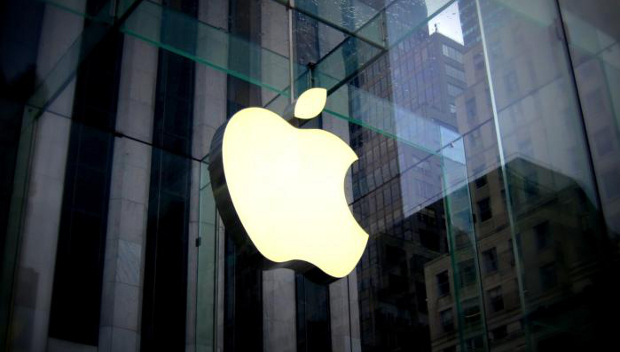 There were a number of interesting facets to Apple’s results for the third quarter. First, the impending launch of the iPhone 8 has led to a reduction in sales of existing iPhone models compared to the second quarter but the figures are still up 2% on those for the same period last year.
There were a number of interesting facets to Apple’s results for the third quarter. First, the impending launch of the iPhone 8 has led to a reduction in sales of existing iPhone models compared to the second quarter but the figures are still up 2% on those for the same period last year.
So, while iPhone unit sales were down 19% sequentially from 50.7 million in the second quarter of 2017 to 41 million in the third quarter, they were up on the figure for the same quarter in 2016. And iPhone is still the dominant part of Apple’s overall business, accounting for nearly 55% of revenue.
The results also showed the growing strength of Apple’s services business (iTunes, iCloud, Apple Music, Apple Pay, Apple Care and App stores), up 22% at $7.266 billion. Services has already overtaken iPad and Mac to become Apple’s second largest product category, accounting for 16% of overall revenues. And it’s showing strong growth.
It’s also worth mentioning that while there are many who are casually dismissive of Apple’s ‘other products’ category (which includes the Watch, Apple TV, Beats and iPod), it grew 23% year-on-year and is already nearly half the size of the Mac business.
Also noteworthy is that iPad unit sales stopped their more or less continuous trend of steady decline in recent years with a 15% rise in unit sales over Q3 2016 and a 28% sequential increase.
Interestingly, the surge in Q3 unit sales was not reflected in the revenue figures, which grew only 2%, meaning a large chunk of the increase in sales must be down to lower priced iPad models.
Is that a bad thing? Not necessarily but it does suggest Apple’s iPad range may have been over-priced and that the introduction of a cheaper model has helped revive sales. As analysts have noted, the average selling price (ASP) of an iPad declined by 11% from $490 in Q3 2016 to $435, which means the company must have sold a substantial number of tablets priced below the old (and new) ASP. According to the same analysts, the most likely candidate is the $329 9.7″ iPad, introduced towards the end of March.
What very few analysts have noticed, probably because they’re based in the US, is that ASPs are far from average in countries like Ireland. Those of you who have recently visited the Apple Ireland website will have noticed that the equivalent $329 iPad (which might rise to $360 or so with sales tax) is listed at €419 here (or $498). That means the cheapest iPad in Ireland is 12% more expensive than Apple’s overall ASP. Worse still, it’s higher than last year’s ASP when the cheapest iPad wasn’t even around to bring the ASP down.
I suppose there are times when people can take some pride in being above average but they probably shouldn’t include when you’re paying for the same product as someone else. Sadly, in Ireland, that tends to happen quite often. The great news for US companies like Apple is that they can charge people in Ireland more for their products than they would US buyers. Quite why they can continue to do it is a mystery that no one has managed to convincingly explain to date. Perhaps this is partly because there aren’t that many people demanding explanations.








Subscribers 0
Fans 0
Followers 0
Followers